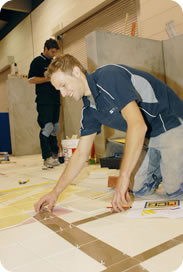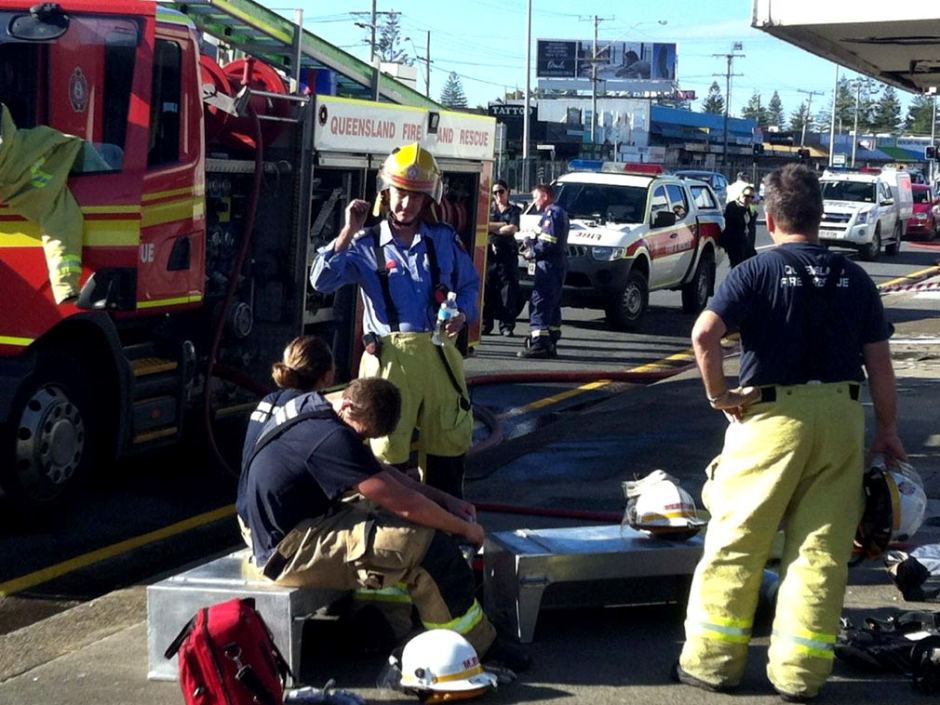Something the group had strived to NOT do throughout the whole design process,
simply design a glove or wristband. We thought this was simplified, had been
done before and was generally boring. However, after advice from tutors, this
type of application was actually the best fit for our design project.
GLOVES vs SMART GRIPS – The following helps to demonstrate the process we went through to arrive at a glove product and why the two alternative options failed.
The Two Other options the group wanted to investigate
included design either a “smart grip” that could have applications over several
different tools or redesigning an
existing grip on a power tool (with the idea being that will be redesigning the
grips on a whole suite of tools).
Smart Grip:
As a group, we believed this idea had a lot of potential. We
envisioned a grip that could be taken off and applied to variety of tools,
track data and ultimately provide feedback
Where it Fell Down:
This concept failed mainly due to poor ergonomics study/usability and logisitics of creating such an item . It became almost impossible to design a single grip that could accomplish everything we wanted to plus make it adaptable to a heap of different tools. If we were to move forward with this product, we would have to refine it to a particular brand or a particular type of too (i.e. a hammer)
This concept failed mainly due to poor ergonomics study/usability and logisitics of creating such an item . It became almost impossible to design a single grip that could accomplish everything we wanted to plus make it adaptable to a heap of different tools. If we were to move forward with this product, we would have to refine it to a particular brand or a particular type of too (i.e. a hammer)
Redesigning The Grip on a Power Tool:
Another Idea we had to facilitate this interaction centred
around re-designing the grip on an existing range of power tools. The re-design
would add the interaction elements as well as attempt define the grip for the
product
Where It Fell Down:
Firstly, this idea was quickly shot down as it allowed
almost no room for creativity amongst team members. We also realised that most
power tools already had expertly designed grips that had gone through many
iteration cycles. As can be seen here:
Much like the previous idea, If we did try to further
develop this concept, we would have to focus specifically on one type of grip,
on one type of tool, most likely from one brand of device. The Group believed
this idea lacked the inventiveness and ingenuity that we strive for. Also, the
application would be very limited.
NOTE ON BOTH:
Another Reason both concepts were ultimately rejected was also due to the fundamental reason that most floor tiling experts wear gloves while they work, a factor that had the potential to distort readings on the device, thus inhibiting much of the interaction process.
NOTE ON BOTH:
Another Reason both concepts were ultimately rejected was also due to the fundamental reason that most floor tiling experts wear gloves while they work, a factor that had the potential to distort readings on the device, thus inhibiting much of the interaction process.
The Glove Design and Why It’s
the Best Choice:
The Glove was design was approved due to its vast array of
potential functions and customisability as well as the added features it
provides to the user. Essentially, this glove is both a protective aid and an
interactive tool.
This device will give us the best result in the context and with the behaviour.
The following is an updated shot of our aesthetic model. This is it in production for week 16
This device will give us the best result in the context and with the behaviour.
The following is an updated shot of our aesthetic model. This is it in production for week 16

































